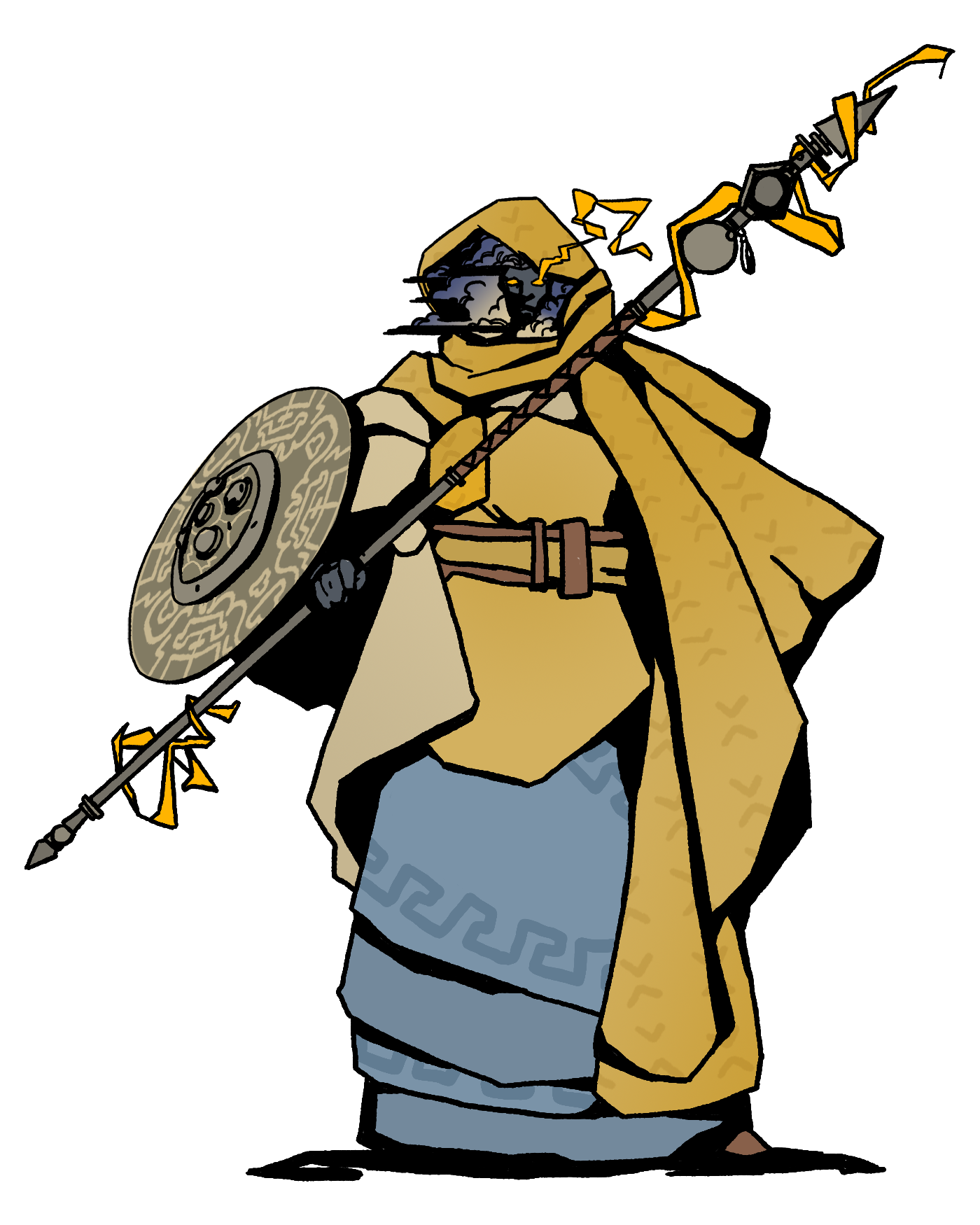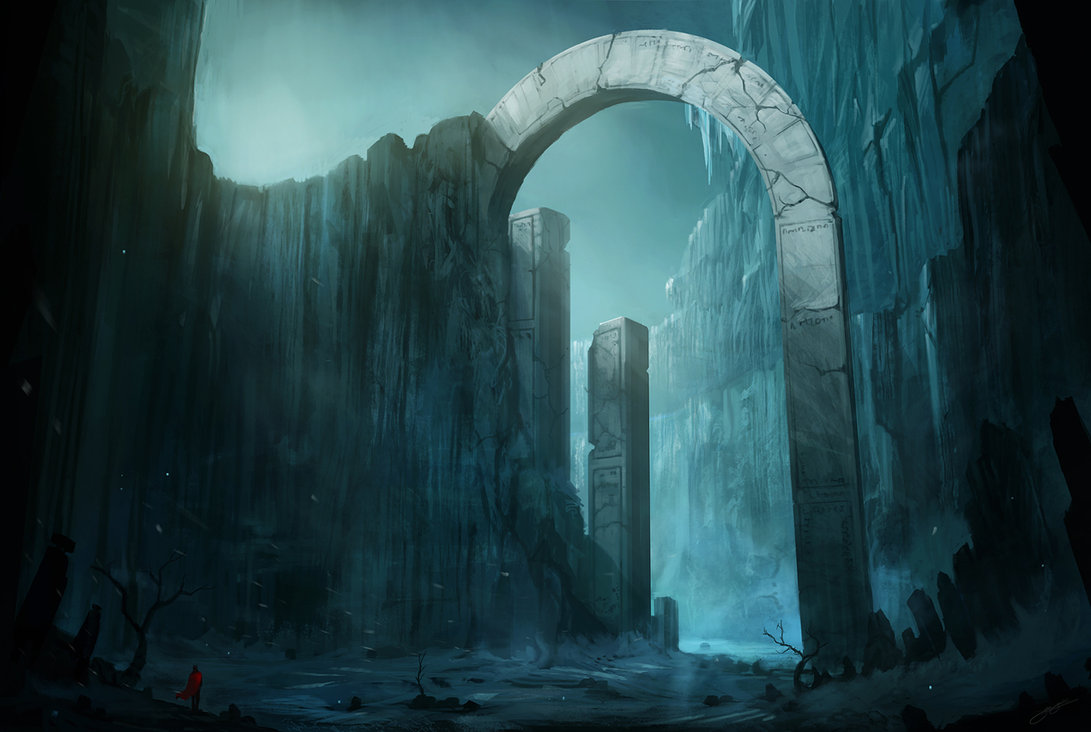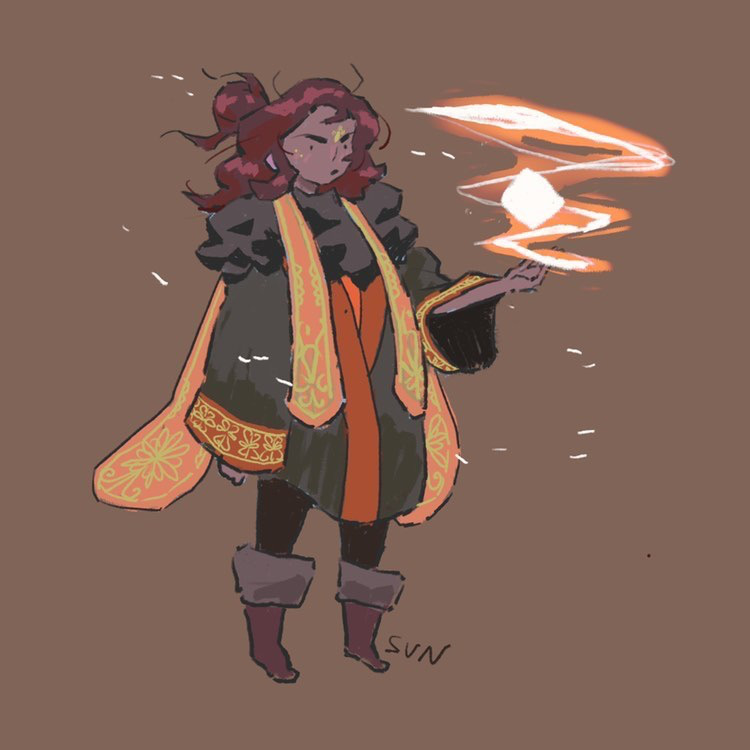Argus the Protector
The Traveler, The Seafarer, The Lightning Thrower
Worship
The worship of Argus is one of the most widthspread across the country, due to his popularity with the working class and peasantry. Many aspects of it are wrapped in superstition and customs, and a thorough study of the worship of Argus will require a distinction between the formal cult of the Temple of Argus and the folk practice.Formal Worship
The Temple of Argus claims itself as the only legitimate organ of worship of the god. They are affiliated with the Saohri Temple, and work more or less closely with other official cults. Their influence is stronger in Ignares, richest city of the Danatelian Lands and home of the Palace of Storms.The Palace of Storms is located at the heart of Ignares. It stands tall and bright, its polished white walls shining under the sun. Tall and twisted towers stretch towards the clouds, overlooking the city. Markets and stalls line the outer walls of the temple, the smells and shouts of merchants echoing in the quiet gardens and auditoriums in which students focus on their work.
Celebrations are held monthly in most cities in honour of Argus. Sacrified animals of various sorts are burned on large pires in the inner court of his temples, and the people dance and sing around the fire, music reaching to the clouds. In times of war, priests of Argus call upon the god so that he protects the nation.
I call thy name, Roaring Voice of the Clouds, He Who Strikes Fear In The Heart Of His Enemies! The invaders are coming for our town, to pillage our cellars and steal our cattle. Let lightning strike their camps, let the wind and rain scatter them on the horizon!
Any ship wealthy enough to afford the luxury of hosting a priest of Argus will be sure to have one among their crew. In older times (~500 A.A), priests of Argus were thought to bring good luck on sea faring ships. As time passed, it became more and more common for ships to have a priest of Argus among their crew, who would bless their journeys and heal the injured with remedies and herbs.
Folk Practice
In the more rural areas of the Danatelian Lands, the worship of Argus takes a different aspect. A few villages have been built around the remains of old trees struck by lightning, taking it as a sign of the will of the god. Prayers and worship do not follow a strict calendar, but rather bend to the will of the weather. When storm clouds gather and families take refuge in their houses, stories of the glory of Argus are told as thunder and lightning crash above. Some Sabeyun can even read omens by observing the behaviours of bluewinds.
Names: Argus the Protector, He-Who-Travels-The-Roads, He-Who-Captains-The-Ships, The Lightning Thrower, He-Who-Stands-On-The-Mountains, and many other titles.
Dediacted Town: Ignares
Appearance: Argus is typically depicted in three forms- that of a young man, a seasoned warrior, and an old merchant. His skin is depicted as dark brown or stormy black, and his eyes are said to crackle with lightning. His hair is long and floats like clouds.
Domains: Grave, Nature (The Seafarer), Order (The Traveler), Tempest, War (The Lightning Thrower)
Divine Symbol: Lightning striking a shield or tree.
Dediacted Town: Ignares
Appearance: Argus is typically depicted in three forms- that of a young man, a seasoned warrior, and an old merchant. His skin is depicted as dark brown or stormy black, and his eyes are said to crackle with lightning. His hair is long and floats like clouds.
Domains: Grave, Nature (The Seafarer), Order (The Traveler), Tempest, War (The Lightning Thrower)
Divine Symbol: Lightning striking a shield or tree.
Children

by Ronan Furuta







I really love how Argus changes through three forms. That's such a cool idea for a god. Do different people worship each of his forms, or are there some who worship all of them? I'm looking forward to reading about the other gods in the pantheon for sure! (And I feel your pain - I'm going to be working on a pantheon for WorldEmber, I think!) Btw: I think you have something wrong with your tooltip, it's not working correctly.
Explore Etrea | March of 31 Tales
Oooh, thanks for the tooltip catch! I'm glad you like how he changes, this one comes straight out (ish) of egyptian mythology :)! Priests of Argus tend to worship one aspect over the others (as in if you play a cleric you'd worship whoever is the god of your domain), but its not uncommon for some clerics to worship all three. Glad you're looking forward to the rest of them! I think I'm currently on 3 out of 7, with all remaining 4 outlined- just need to write about them now :') Thank you for taking the time to comment!!